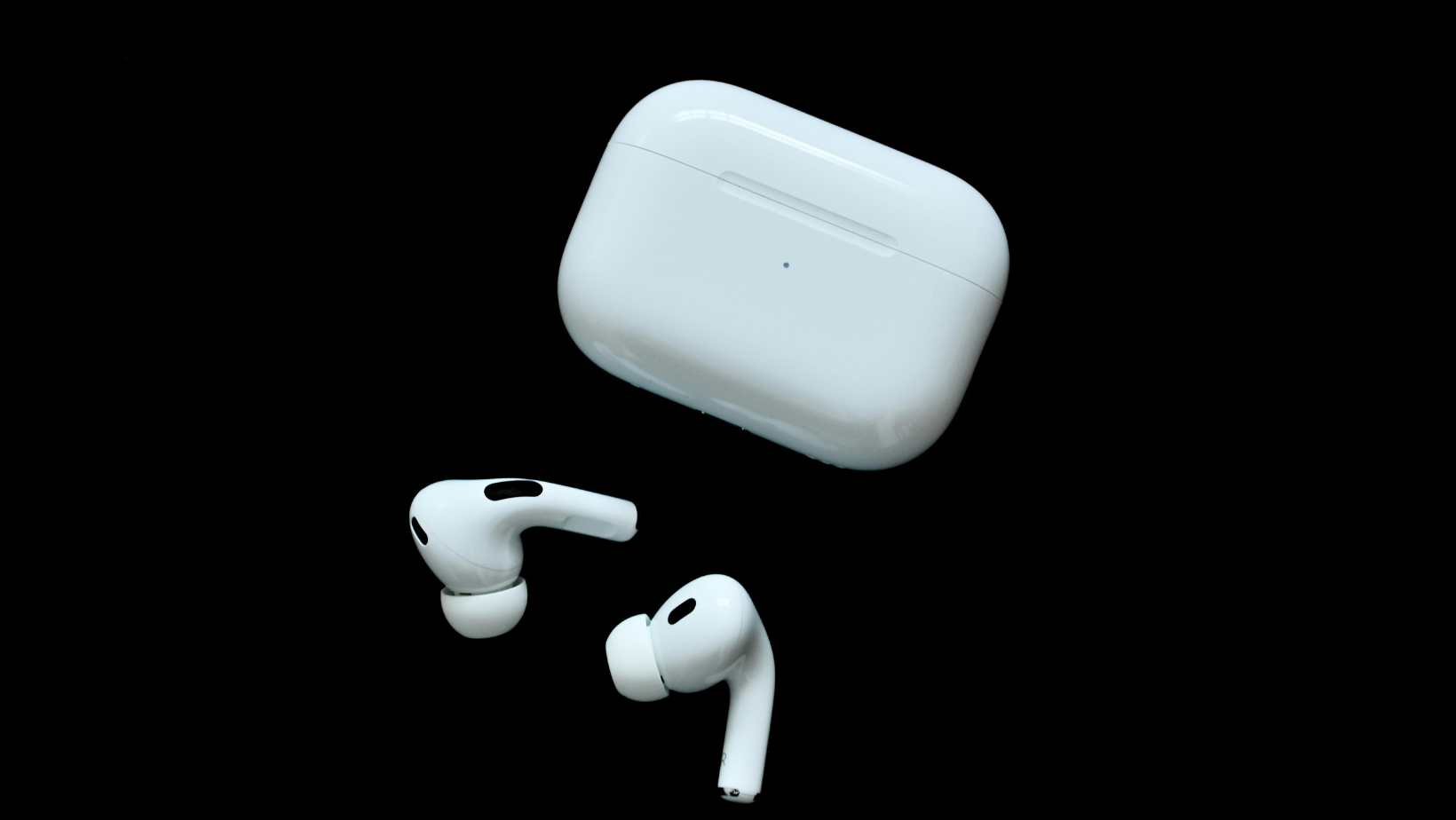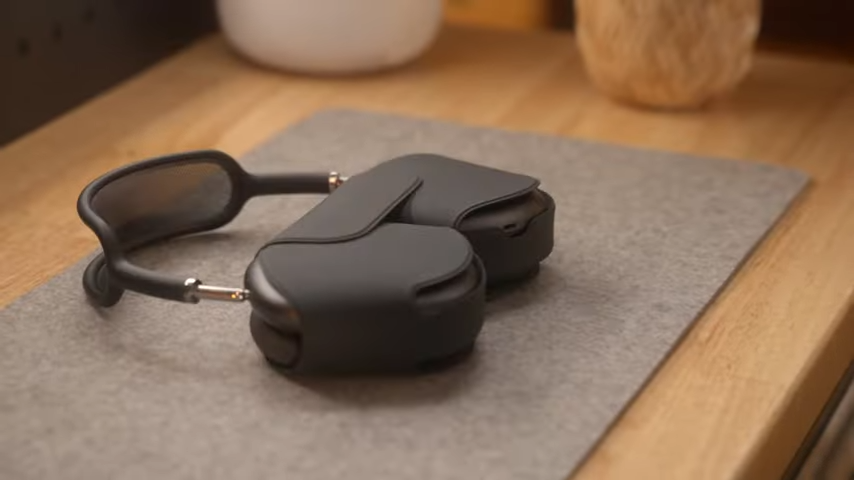I’ve lost count of how many times I’ve been asked: “Pete, which AirPods should I actually buy?” And honestly, it’s a fair question.
When the original AirPods dropped back in 2016, it was easy. Apple gave us one option: little white sticks dangling out of your ears, and that was the entire lineup.
Now? We’ve got what feels like a thousand different variations of the same thing: AirPods Pro, AirPods 4, AirPods with ANC, AirPods Max… and yes, Apple still sells older ones too, just to make things extra confusing.
But the thing is, there’s no single AirPods model that is perfect for everyone. What works for me (usually something that survives the chaos of airports and long-haul flights) might be completely wrong for someone who just wants some background music at the office.
So in this very special edition of “Tech Hall of Fame”, I’m putting the entire AirPods family side by side. We’ll look at what Apple is selling right now in 2025, which features actually matter in the real world, and which pair is actually worth your money.
So… What Actually Matters?

Apple loves to throw buzzwords at us. Spatial Audio! Adaptive Transparency! H2 this, UWB that.
But when you strip away the marketing, there are really just a handful of things that make the difference between AirPods you’ll actually use every day… and AirPods that end up collecting dust in a drawer.
Let’s break them down.
Active Noise Cancellation (ANC) and Transparency
If you’ve ever sat on a train next to someone eating crisps at full volume, you’ll understand why ANC exists. The Pro models (and the AirPods 4 with ANC, though less powerful) can drown out most of the chaos around you.
And Transparency Mode? That’s your “don’t get hit by a bus while crossing the road” feature, letting ambient sound back in without yanking the buds out.
Fit and Comfort
This is the big divider in the AirPods lineup: open-fit vs silicone tips.
The open-fit style you get with the AirPods 4 feels lighter and more natural, like nothing’s really in your ears, but you lose out on isolation.

The Pro models, with their silicone tips, give you a tighter seal, better bass, and proper noise cancellation, but not everyone loves that “plugged up” sensation. And let’s be real: if you can’t stand ear tips, Apple could pack the AirPods Pro 3 with the best ANC on the planet, and you still wouldn’t wear them.
Battery Life
This is probably the thing that matters most in daily use. Apple claims around 6 hours on a single charge for most of the lineup, with the case boosting you up to 30 hours total. The Pro 3s sometimes squeeze out a little more, especially if you keep ANC off.
Durability and Sweat Resistance
The AirPods Pro 3 have an IP57 rating, meaning they’re dust resistant and can survive sweat and splashes better than older models. If you run, cycle, or get caught in the rain a lot, this is a major factor to consider.
Extra Features
Heart-rate sensors, Live Translation, and Personalized Spatial Audio, these are all fun bonuses. But ask yourself: will I actually use them daily? For most people, ANC, comfort, and battery life rank higher. Still, it’s nice knowing the AirPods Pro 3 could technically double as a mini health tracker.
AirPods Deep Dive: A Closer Look at the Lineup
Alright, time to get into the weeds and take a closer look at how each AirPods model fits into Apple’s 2025 lineup.
AirPods Max (2nd Gen, USB-C)
Apple calls them “AirPods”, but let’s be real: the AirPods Max are headphones.
They’re big, heavy, and they don’t slip into your pocket like the AirPods 4 or the Pros. Instead, they clamp over your ears with big aluminium cups and a stainless steel frame. This second-gen refresh finally brought USB-C charging, but the essentials are the same.
Apple AirPods Max: Pros and Cons
AirPods Pro 3
Here we go: the heavyweight champion of the AirPods lineup. Released in 2025, the AirPods Pro 3 are Apple’s most advanced earbuds to date, and they come with a feature list long enough to make the standard AirPods blush.
AirPods Pro 3: Pros and Cons
AirPods Pro 2 (USB-C)
When Apple launched the AirPods Pro 3, it didn’t completely kill off the AirPods Pro 2. Instead, it gave them a little refresh with a USB-C case and quietly dropped the price… great news for anyone who wants Pro-level performance without dropping Pro 3 money.
AirPods Pro 2 (USB-C): Pros and Cons
AirPods 4 (Standard)
The AirPods 4 are like the “starter pack” for Apple’s earbud lineup. No silicone tips, no fancy sensors, just the classic open-fit design with those unmistakable little white stems. They’re basically the spiritual successor to the OG AirPods from 2016. And for a lot of people, that’s the whole point. Simple, familiar, and comfortable enough to forget you’re even wearing them.
AirPods 4 (Standard): Pros and Cons
AirPods 4 (with ANC)
Now, here’s where Apple did something sneaky in 2024: they introduced a second version of the AirPods 4. Same open-fit design, but with Active Noise Cancellation built in.
AirPods 4 (with ANC): Pros and Cons
So… Which AirPods Are the Best?
Apple makes plenty of AirPods. You don’t necessarily need to find the all-time “best” pair; you just need to find the one that makes the most sense for your life and how you use headphones.

Here’s a quick breakdown to help you decide:
- AirPods Max: heavy, pricey, but unmatched if sound quality is your top priority.
- AirPods Pro 3: the do-it-all pair, perfect for travel and commuting with top-notch ANC, durability, and extras like Live Translation.
- AirPods Pro 2 (USB-C): the stealth bargain if you catch them on sale, almost Pro 3 performance for less.
- AirPods 4 (Standard or ANC): the comfort kings. Go ANC if you want light noise control, standard if you just want simple, all-day wear.
Personally, I stick with the Pro 3s as my everyday carry. They’re versatile enough for airports, trains, and coffee shops. But I also love the AirPods Max when I want to properly listen to music or watch a film.
My advice? Don’t chase the newest or flashiest model. Pick the AirPods you’re most likely to use.


